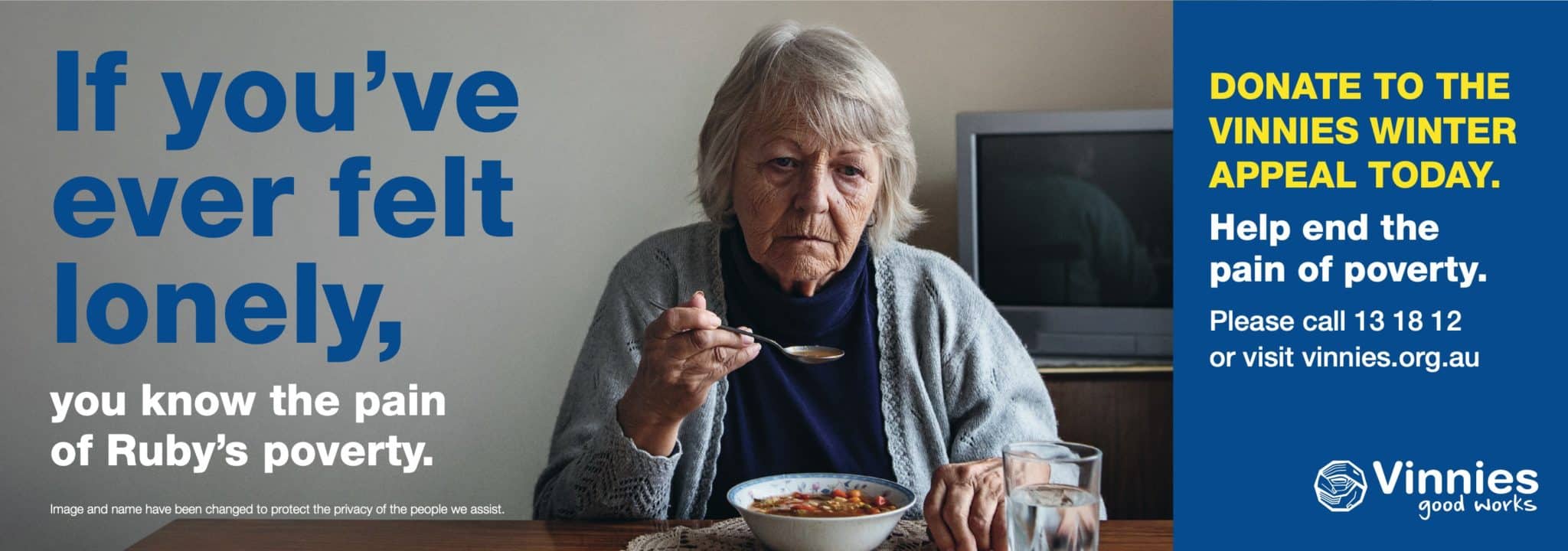All the feels
— by Dan Geaves
As a fundraiser I am interested in provoking emotional reactions to communications. Retelling the right story is one step to achieving this. But to really build a connection between the audience and the beneficiary, I believe you need to drive empathetic responses.
When I first started out in fundraising eighteen years ago I remember learning the adage “get the donor to walk in the shoes of the beneficiary.”
I sometimes found it hard to do this myself, and that made me wary. When I am writing a brief for my creative team colleagues (copywriters and designer art directors) to follow, I challenge myself to consider whether I am addressing all the barriers that the audience may have to taking action.
The thing I found hard was that as a white man who had grown up with books, the secure love of a family, and the benefit of some great friends who could both build me up and cut me down to size, I was (I am) privileged.
For certain causes I could tap into my (limited) troubled life experiences. I knew about sobbing at children’s funerals. I knew about family breakdowns. I even knew a little about feeling excluded. But I couldn’t imagine what it would feel like to be diagnosed with a life-threatening condition, or to feel my life was at risk because of who I am, or what it would feel like for me to put my kids to sleep knowing their bellies were empty.
I came to realise that asking anyone to “imagine how it feels” is kind of flawed because it isn’t all that easy to do. In her 2014 book The Empathy essays, writer Leslie Jamison noted that:
“Empathy isn’t just something that happens to us – a meteor shower of synapses firing across the brain – it’s also a choice we make: to pay attention, to extend ourselves. It’s made of exertion, that dowdier cousin of impulse.
So I wonder, how do we make empathy easier?
I think it helps to consider two different ways that “walking in the shoes of a beneficiary” can be interpreted. They are subtly different yet the impact of encouraging each is different.
- The first is “how would I feel if I were in their shoes, living their life?”
- The second is “how would I feel if I were them wearing their shoes and living their life?”
With the first the audience is encouraged to think of their own life, and how they react to circumstances. The goal is to create an understanding that “if I were in their situation I would need help too.” But in practise it doesn’t really work. People can imagine how it might feel to speak in public, or sit down and write a letter as a signatory. But they are usually too good at protecting themselves to consider “how would I feel if i were in need?” They distract themselves from doing so.
They can’t easily imagine how it feels to lose their job, beyond thinking “that would be bad.” They can’t imagine having a life threatening disease such as cancer or to be really really hungry beyond believing “that’s not what I want.” So unless they have actually experienced it, we’re heading down a relatively short path in their imagination.
Side note: our most successful (pre-COVID) appeal for Vinnies asked people to consider when they had already felt lonely. Not “imagine how it feels to be lonely.”
With the second type of empathy there is a genuine request for the audience to consider the world how the beneficiary is seeing the world. To feel what they felt. This is actually how readers absorb books, and how audiences view films. There is now evidence that when we do so, the same part of our brains light up with activity as if we were actually experiencing it. It is why we experience joy and sorrow when watching plays or even an advert.
We don’t imagine how it would feel if we were them, we imagine how it feels to be them and then we relate that to our own life and life experiences.
By using the second type of empathy I believe we are likely to get deeper into people’s imaginations. That is what creates the connection to the beneficiary. And whilst spending time in their imaginations, we will leave room for something else to be imagined. Instead of imagining themself in need, we create the space for the donor to see themselves being the hero who helps someone else in need.
The psychologists Daniel Goleman and Paul Ekman refer to this as compassionate empathy. Compassionate empathy (also known as empathic concern) goes beyond simply understanding others and sharing their feelings: it actually moves us to take action, to help however we can. This is the feeling I’m striving for. I imagine you are too.
Further reading:
Empathy by Roman Krznaric https://www.amazon.com/Empathy-Why-Matters-How-Get/dp/0399171401
The Empathy Exams by Leslie Jamison https://www.amazon.com/Empathy-Exams-Essays-Leslie-Jamison/dp/1555976719
Daniel Goleman website and blog http://www.danielgoleman.info/



